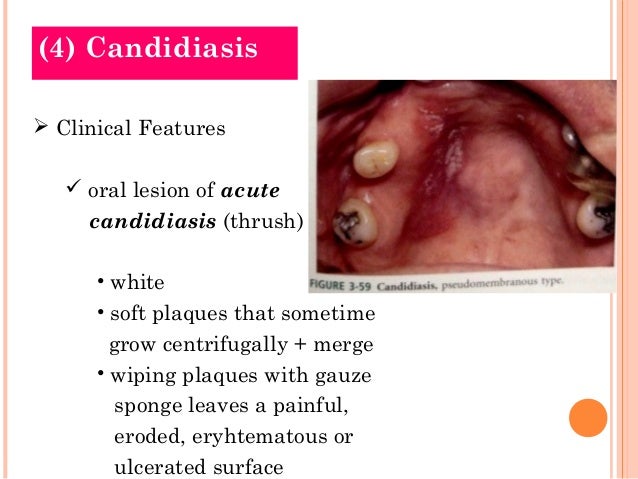
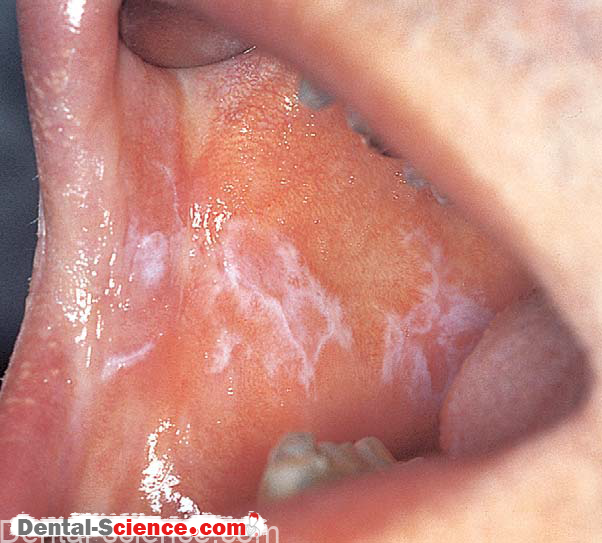
www.turner-white.com Hospital Physician April 2008 21 C l i n i c a l P r a c t i c e E x a m A 60-Year-Old Woman with a Cecal Lesion Seen on Colonoscopy
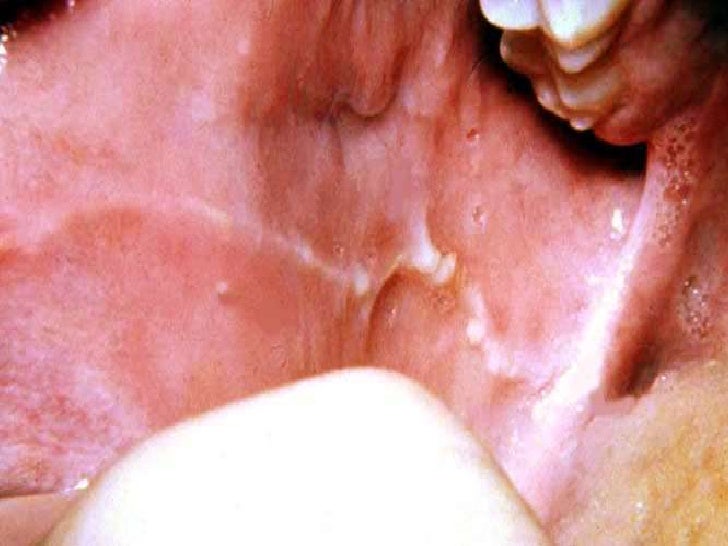
Leukoplakia is one of the most common and potentially malignant or cancer causing lesion of the oral mucosa. Oral leukoplakia can be defined as “A predominantly white lesion of the oral mucosa that cannot be characterized as any other definable lesion; some oral leukoplakia will transform into cancer”.
Overview. Impetigo is a common and contagious bacterial skin infection that is usually a problem, but sometimes complications may occur that require treatment.

Applicable To. Congenital anomaly NOS of brain; Congenital deformity NOS of brain; Congenital disease or lesion NOS of brain; Multiple anomalies NOS of brain, congenital
White Vulvar Lesions . Lichen sclerosus: Lichen sclerosus is a benign disorder of the vulvar epithelium that can affect women of any age group. It causes thinning of the vulvar tissue with edema and fibrosis.

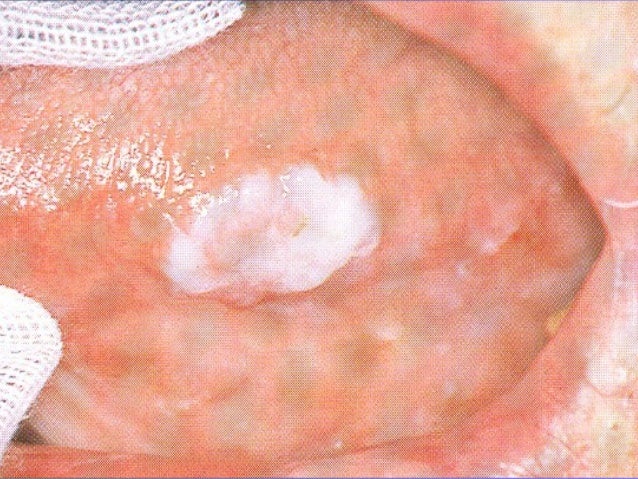
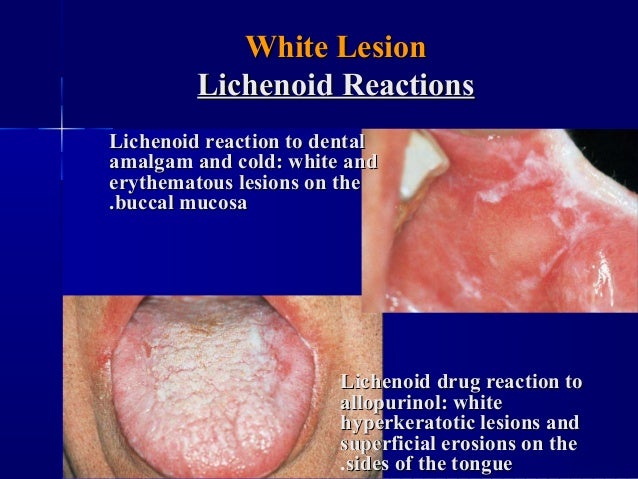
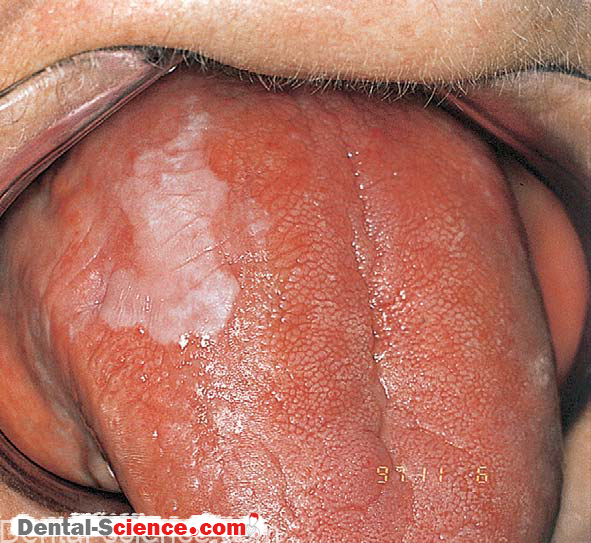
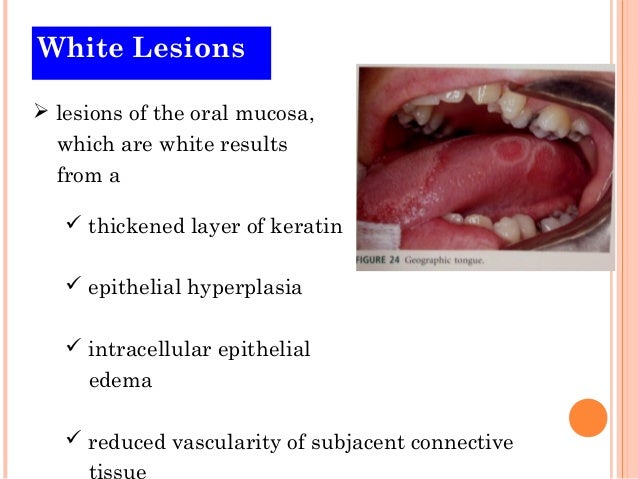
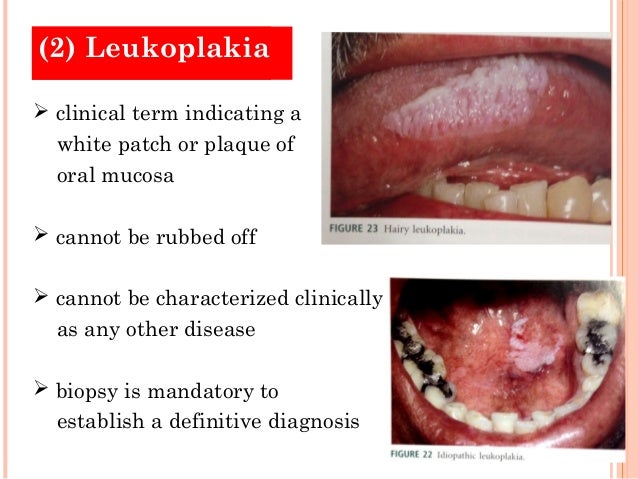
White lesions of the oral Cavity are a multifactorial group of disorders,the color of which is produced by the tering of the light through an altered epithelial surface. The diagnosis and differential diagnosis of oral white lesions should be made on the basis of the medical history, clinical
White sponge nevus (WSN, or white sponge naevus, Cannon’s disease, hereditary leukokeratosis of mucosa, white sponge nevus of Cannon, familial white folded dysplasia, or oral epithelial nevus), is an autosomal dominant condition of the oral mucosa (the mucous membrane lining of the mouth).
Premalignant Oral Lesions. A routine part of an oral examination should be inspection not only of the teeth and gums but also of the soft tissues in and around the mouth.
This collection of photos contain both cancers, and non-cancerous diseases of the oral environment which may be mistaken for malignancies. Some contain a brief patient history which may add insight to the actual diagnosis of the disease.
Read about the different types of abnormal growths and lesions that can be found in the mouth.